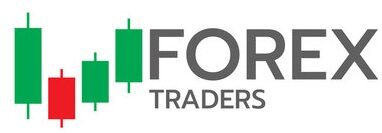
In the world of options trading, understanding and interpreting options chains is like having a master key that opens doors to profitable trading opportunities. Option chains, a graphical representation of the options contracts available for a particular underlying asset, provide a wealth of information about market sentiment, implied volatility, and potential trading strategies. By mastering the art of deciphering options chain data, traders can increase their trading IQ, make informed decisions, and increase their chances of success in the fast-paced world of options trading. Check more on –demat account kaise khole.
Decipher the language of option chains options chains serve as a visual representation of the available options contracts and provide a wide range of information about each contract:
Exercise price: Fixed price at which the option holder has the right to buy (call option) or sell (put option) the underlying asset.
Expiration Date: The specific date on which an options contract ceases to exist and becomes worthless. Check more on -demat account kaise khole.
Offer Price: The highest price a buyer is willing to pay for an options contract.
Offer Price: The lowest price the seller is willing to accept in exchange for the option contract.
Implied Volatility: A key indicator derived from options chain data that represents market expectations regarding future price movements of the underlying asset. Check more on -demat account kaise khole.
Options Greek: A set of numerical values that measure the sensitivity of the option price to changes in the price of the underlying asset, expiration date, interest rates and implied volatility.
Uncovering Implied Volatility: An Insight into Market Expectations
Implied volatility, the cornerstone of options pricing, provides valuable information about market sentiment and expectations regarding future price movements of the underlying asset. Higher implied volatility indicates greater uncertainty and the potential for larger price swings. Check more on -demat account kaise khole.
Traders can use implied volatility to evaluate the relative risks and potential returns of options strategies. For example, options with higher implied volatility tend to have higher premiums and offer greater profit potential, but also carry greater risk.
Harnessing Option Chains for Effective Trading Strategies
Option chain serve as a fertile ground for developing and implementing various trading strategies:
Covered Calls: A conservative strategy that involves selling call options on an underlying asset you already own. The reward received generates income while limiting potential losses.
Protective Put: A hedging strategy that involves purchasing puts to protect against possible losses on an underlying asset you own. Check more on -demat account kaise khole.
Bullish Spreads: A strategy that profits from the expected increase in the price of the underlying asset. This involves buying a call option and selling a put option with a higher strike price.
Bearish Spreads: A strategy that profits from an expected decline in the price of the underlying asset.A call option is sold and a put option with a lower strike price is purchased.
Strangle or Straddle: A strategy that aims to profit from large price movements in either direction. This involves purchasing a call option and a put option with the same strike price. Check more on -demat account kaise khole.






